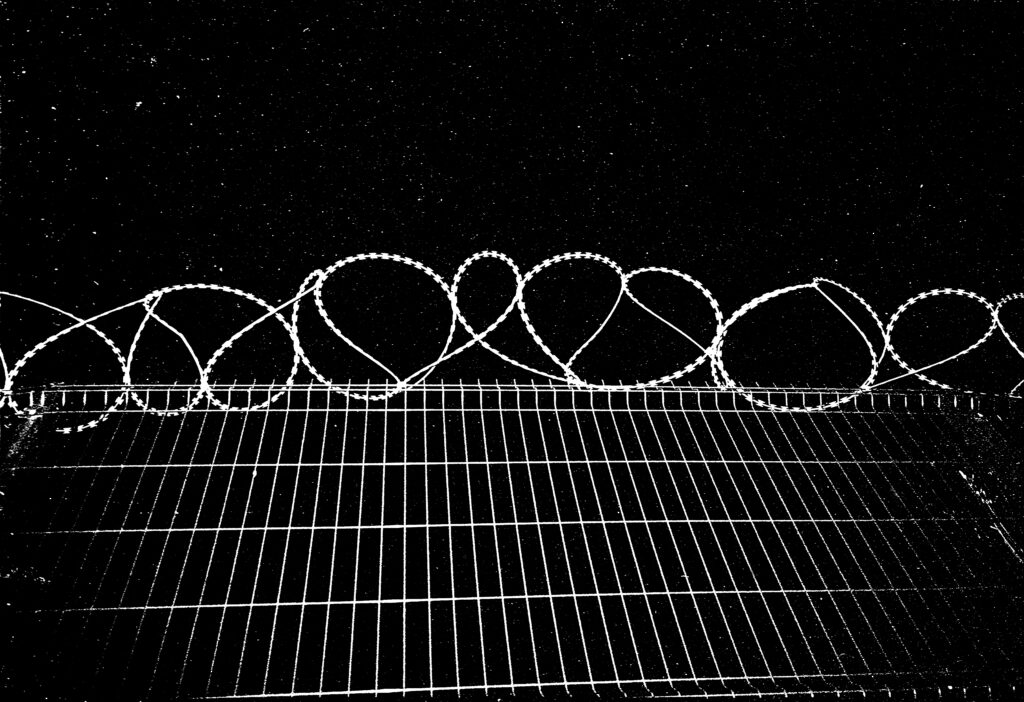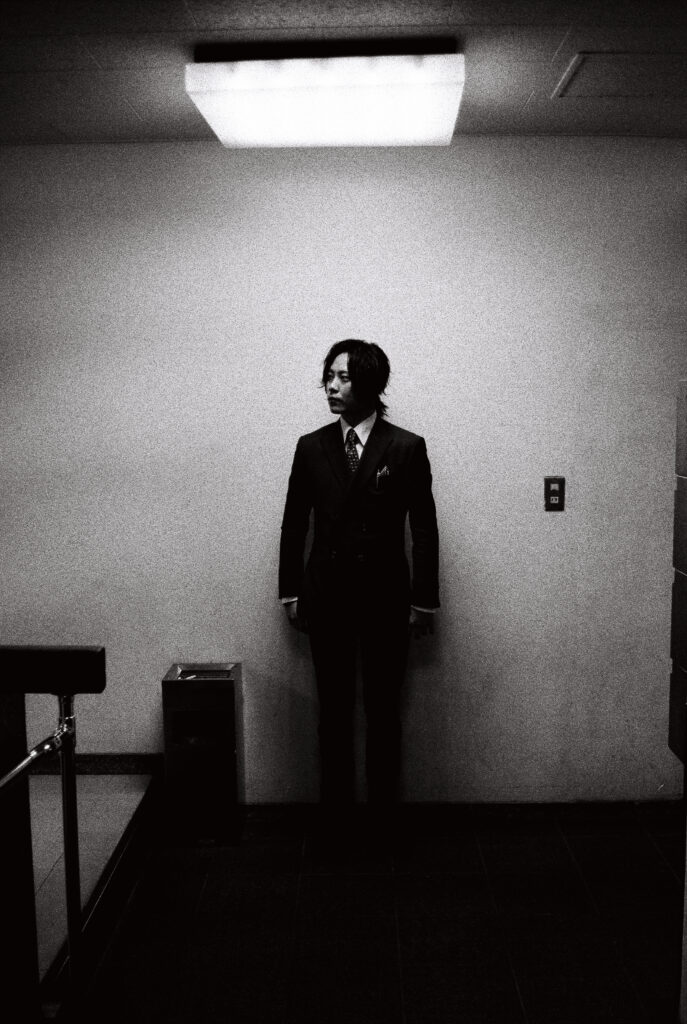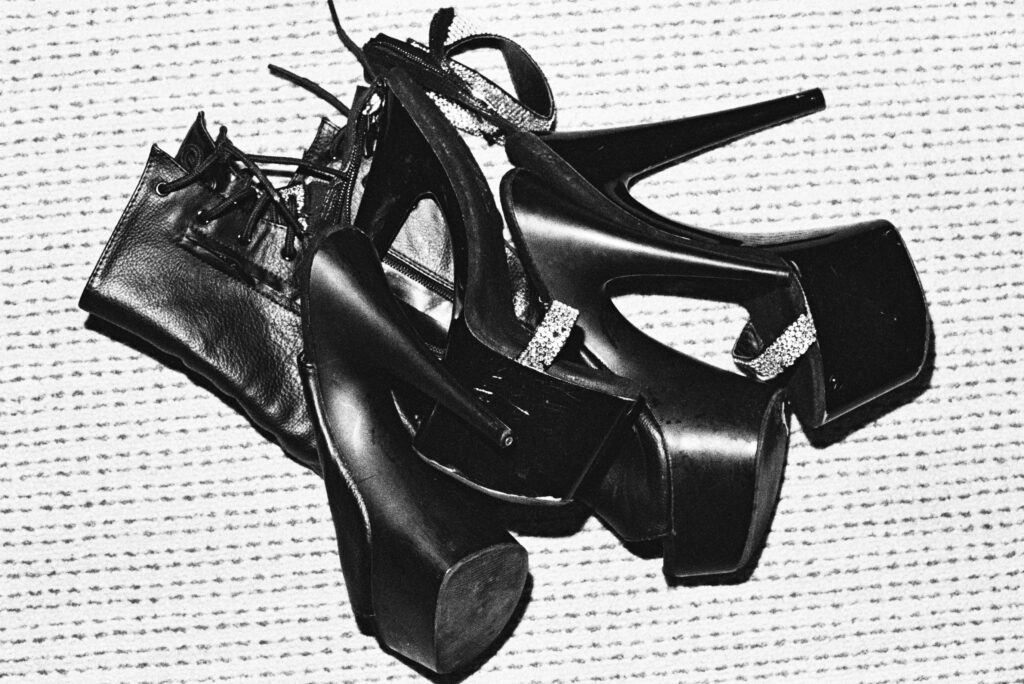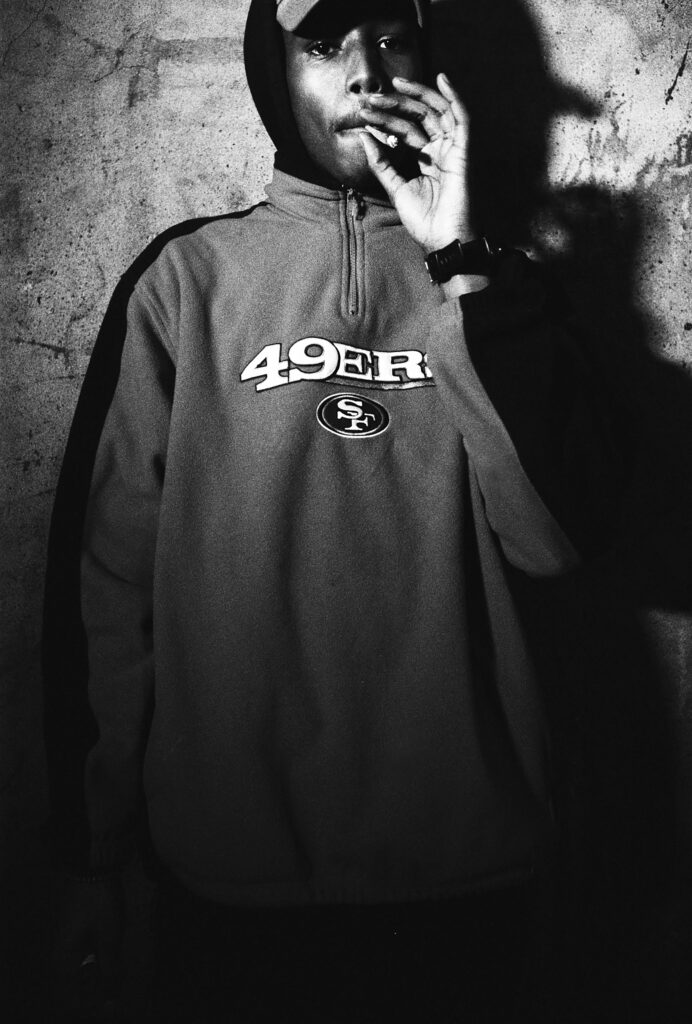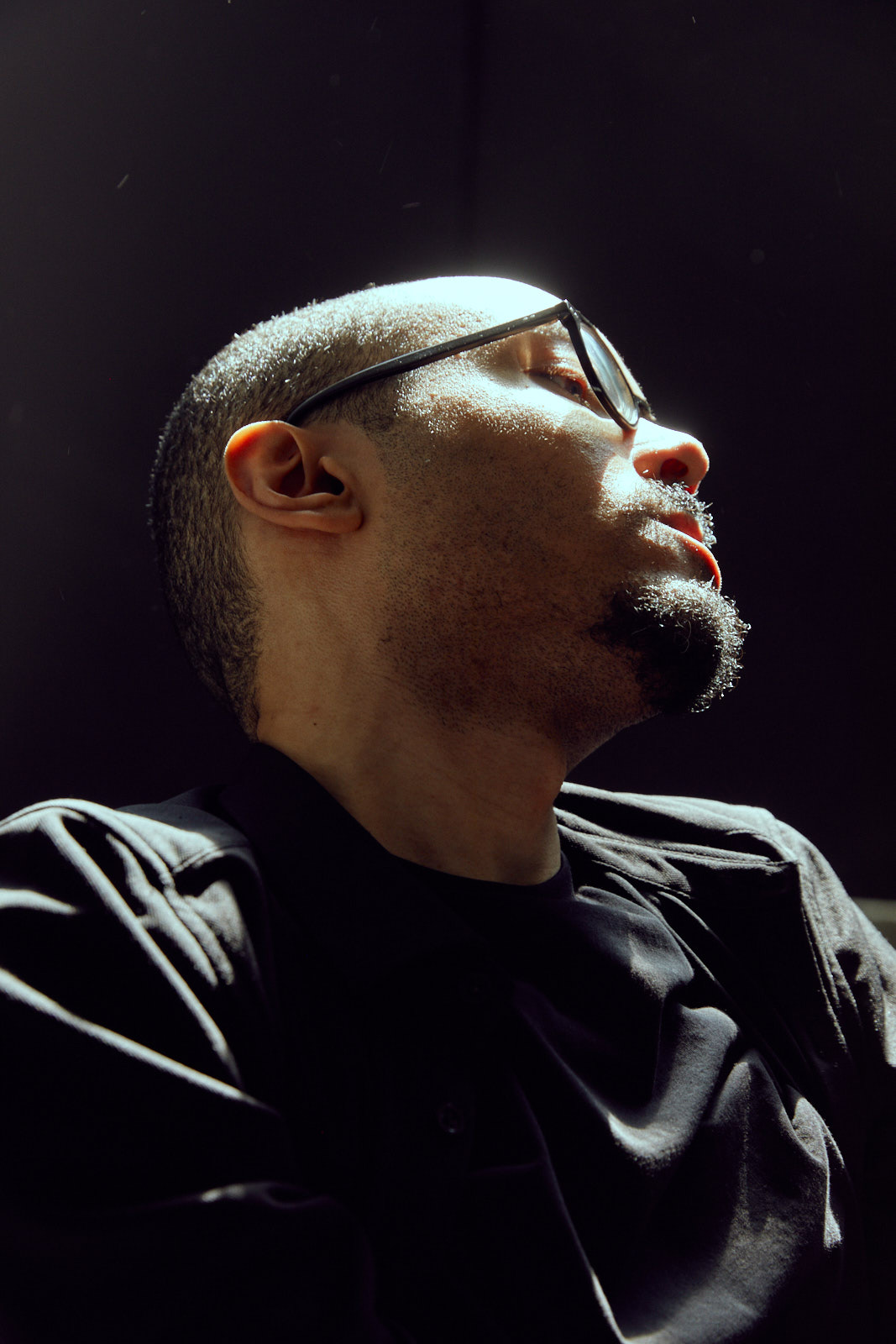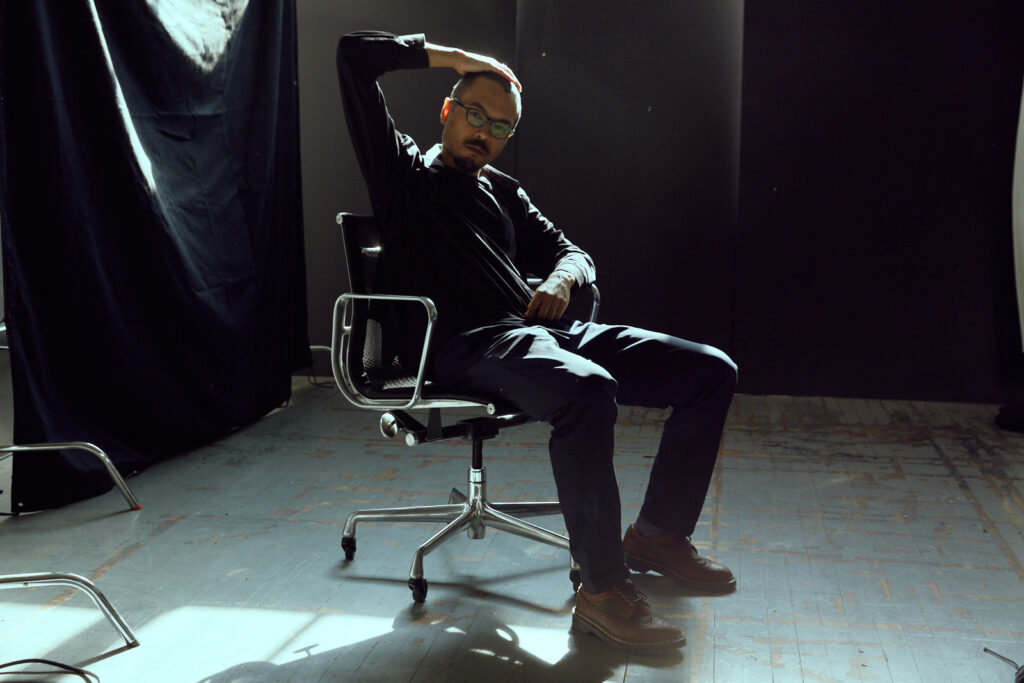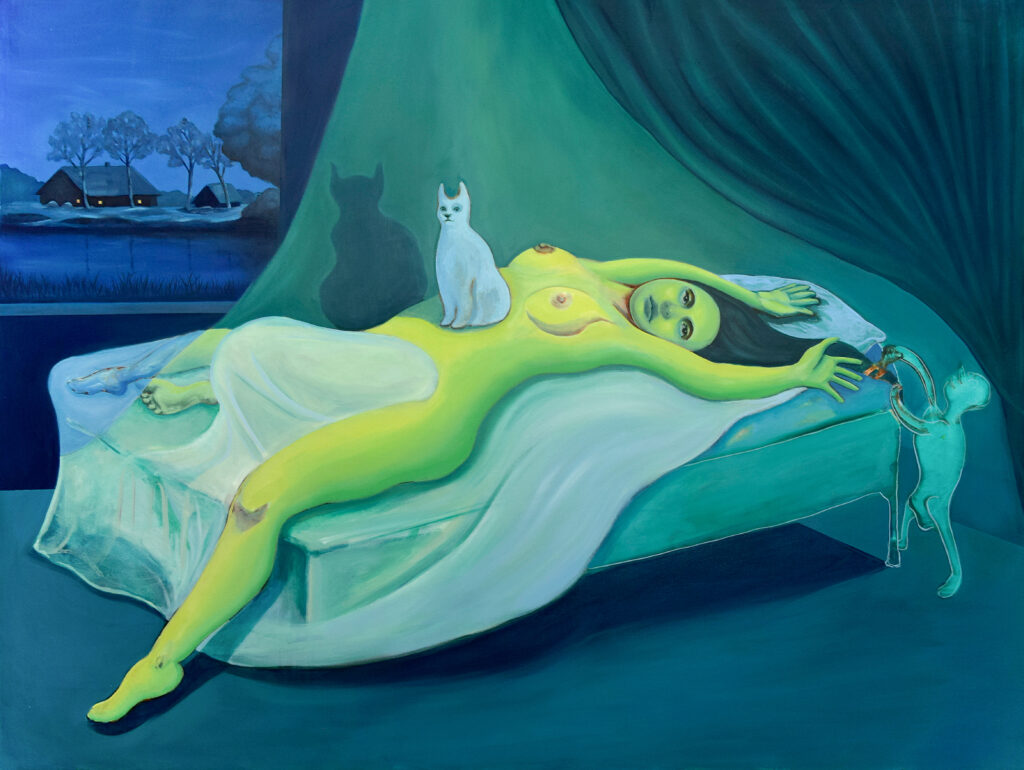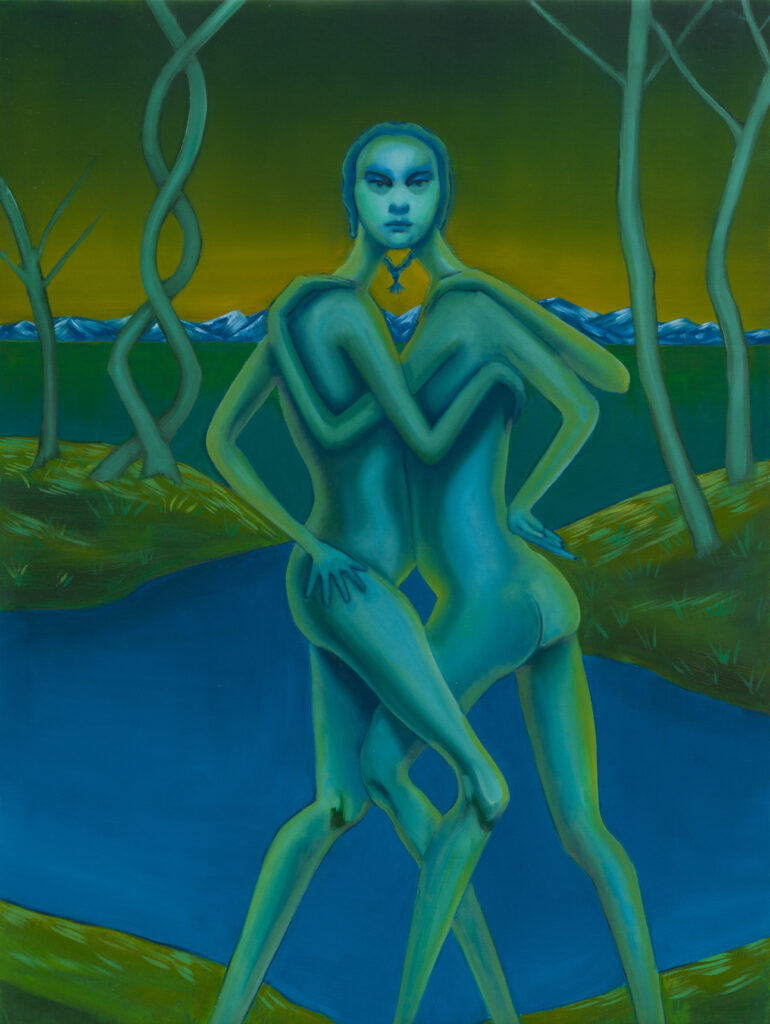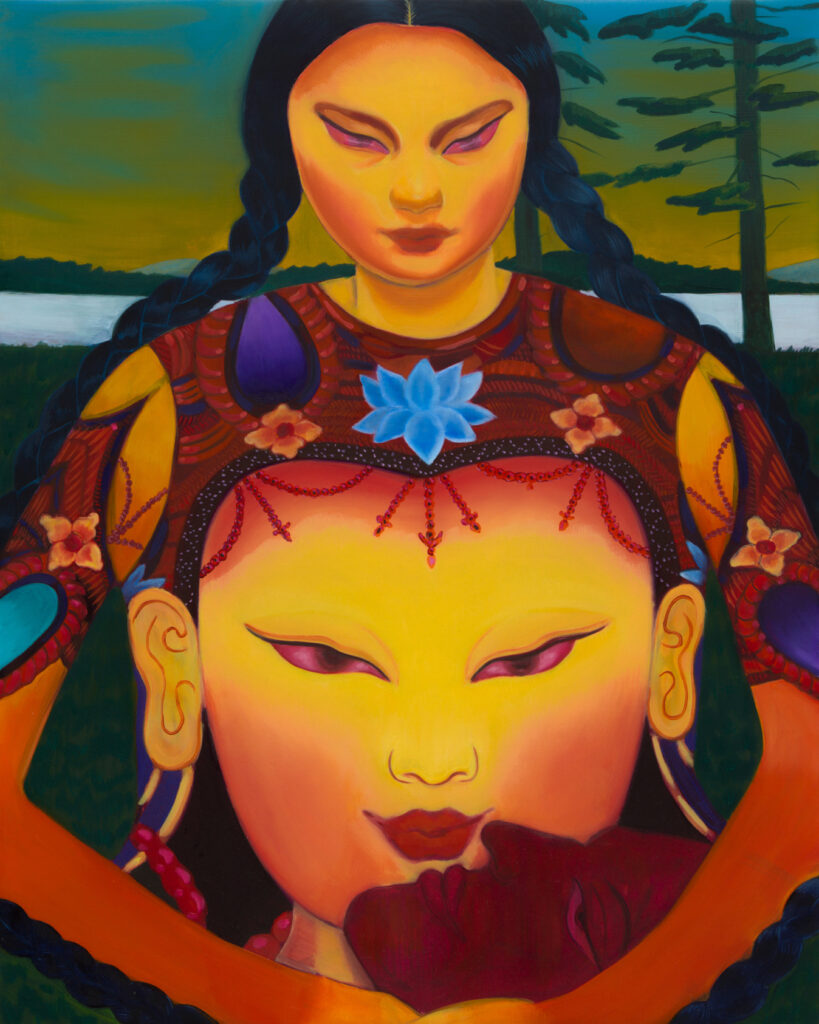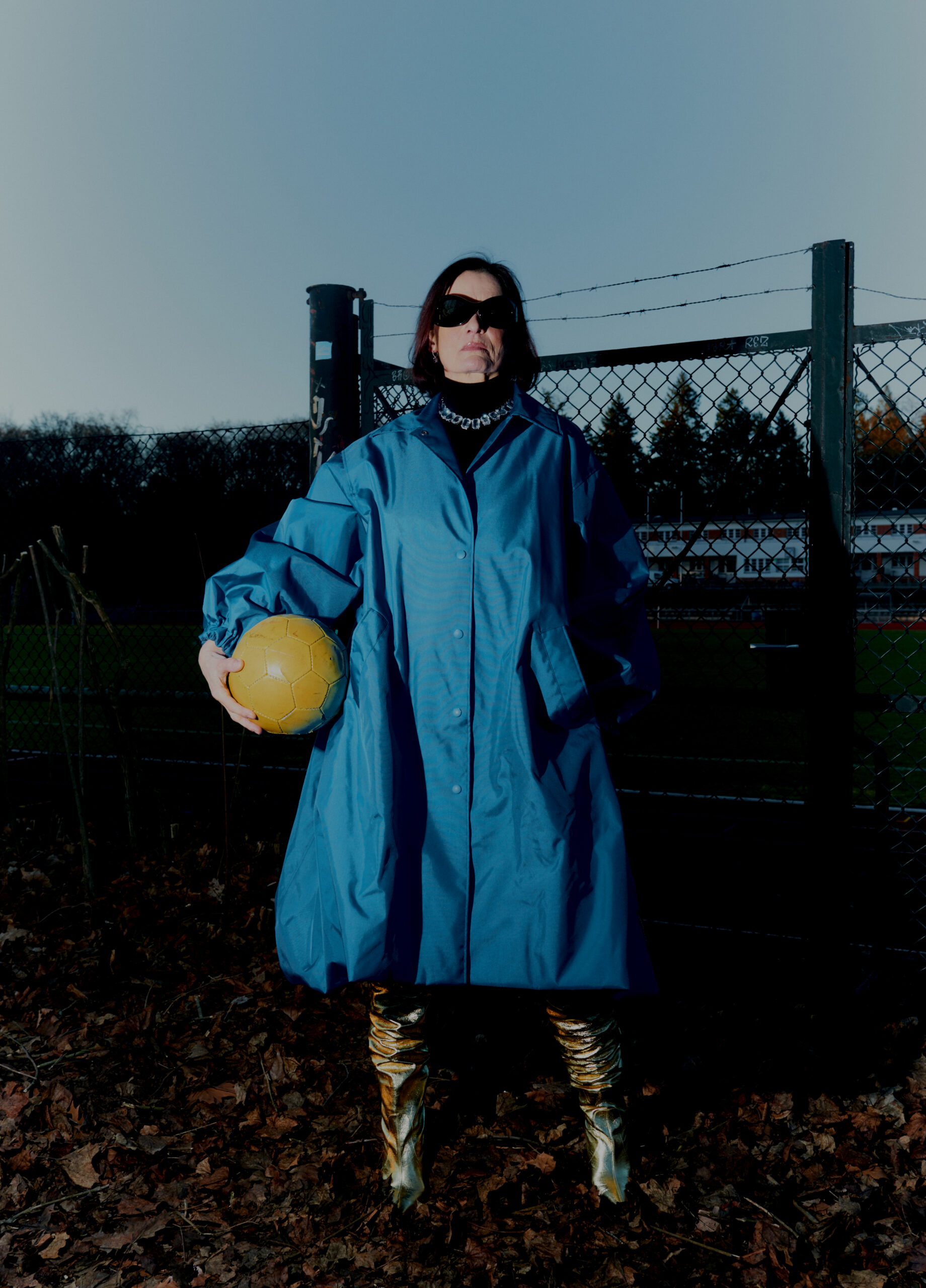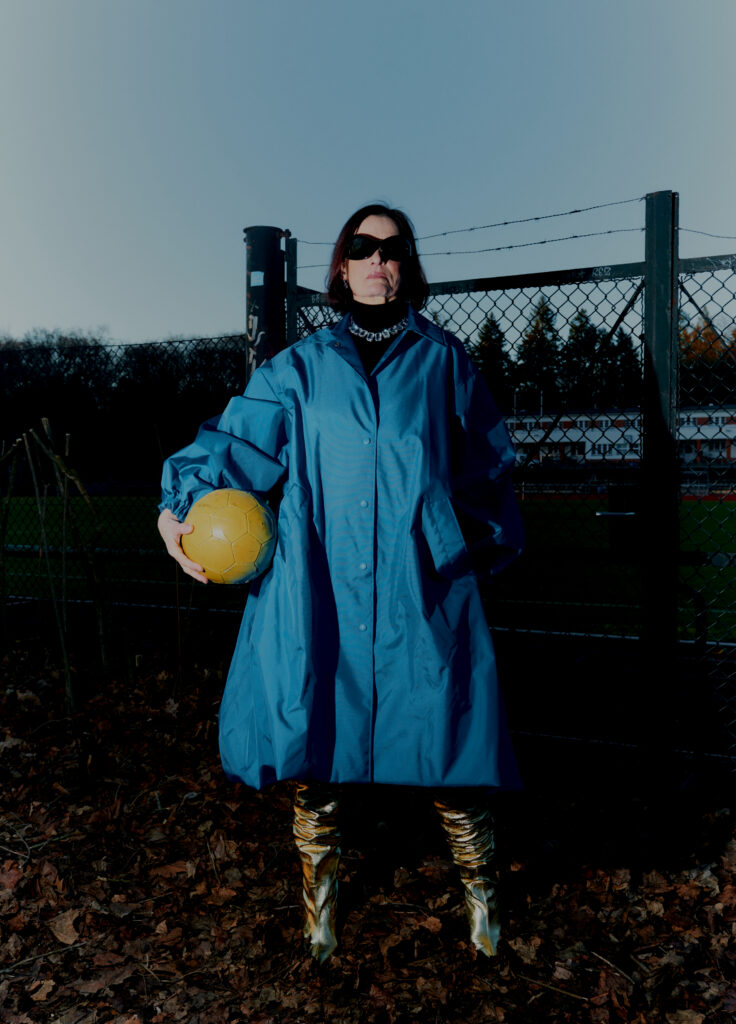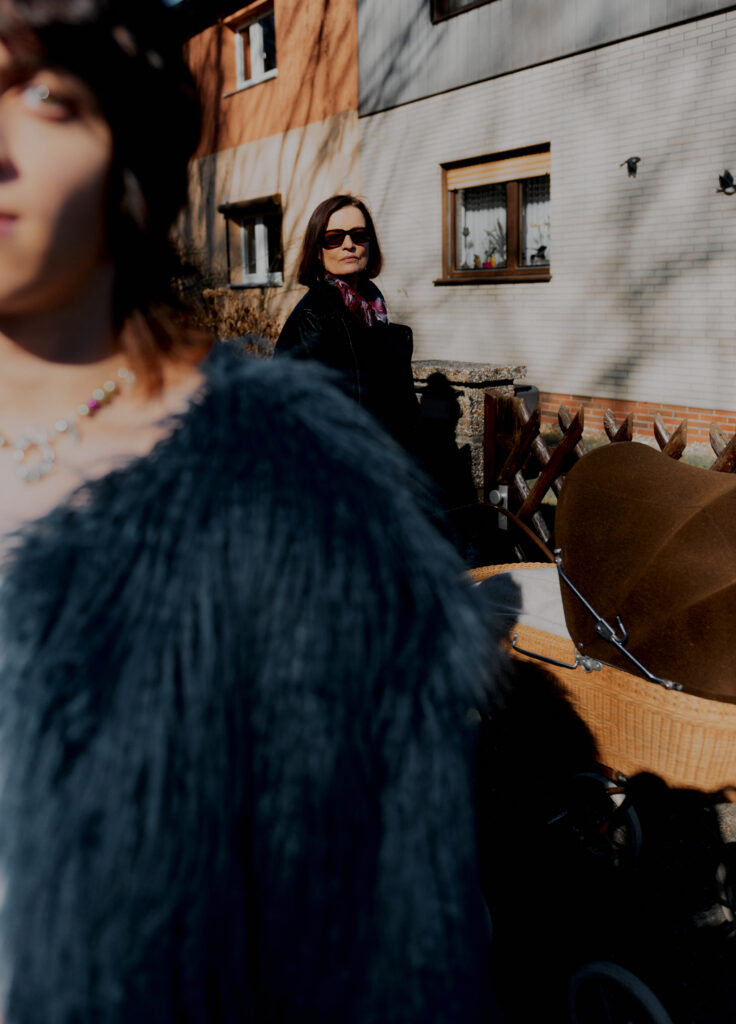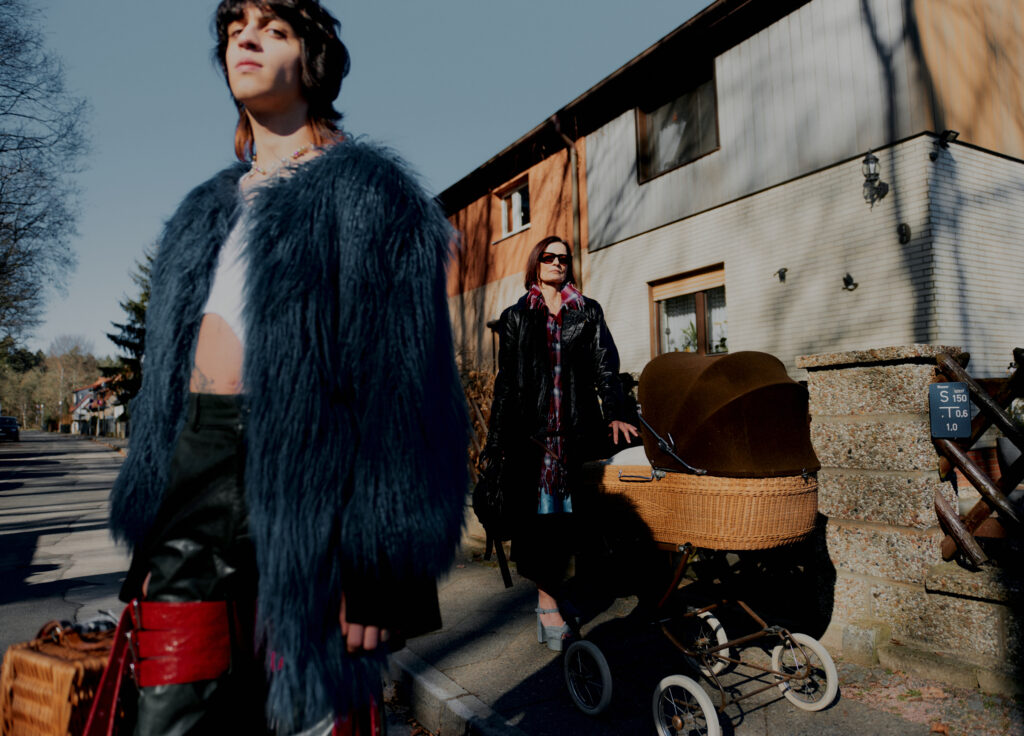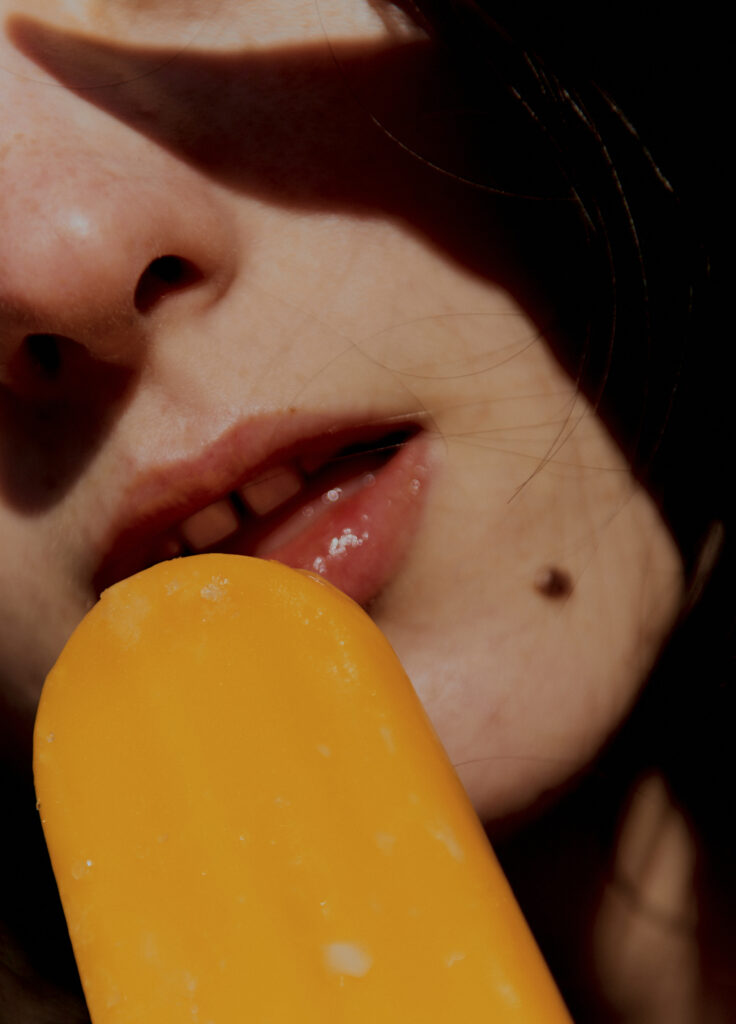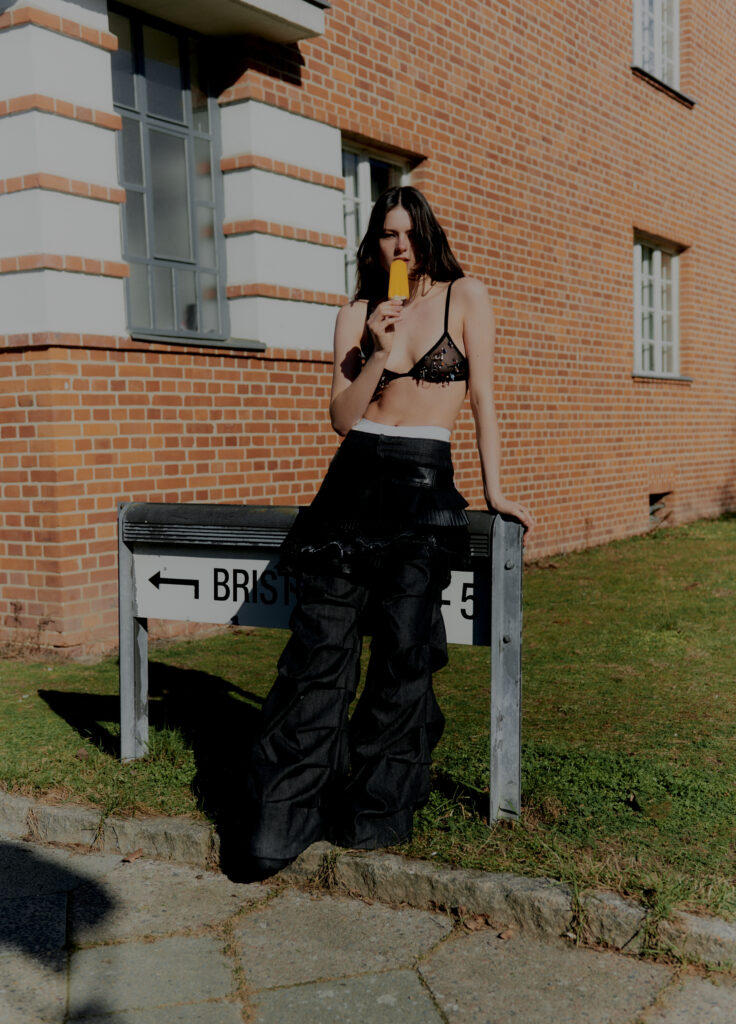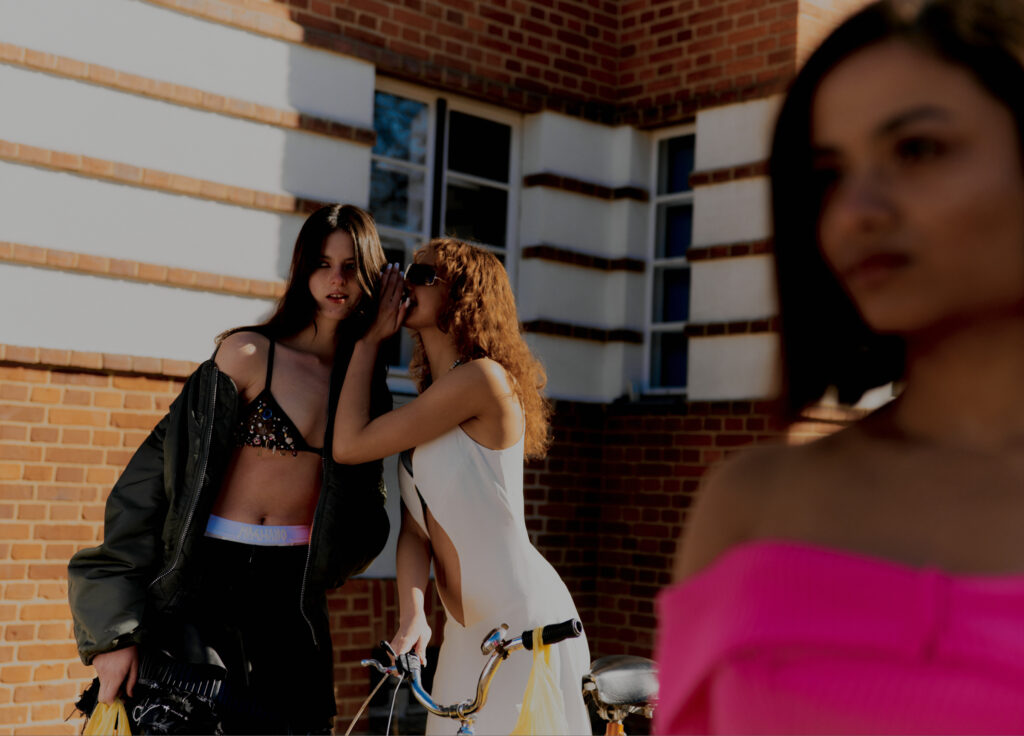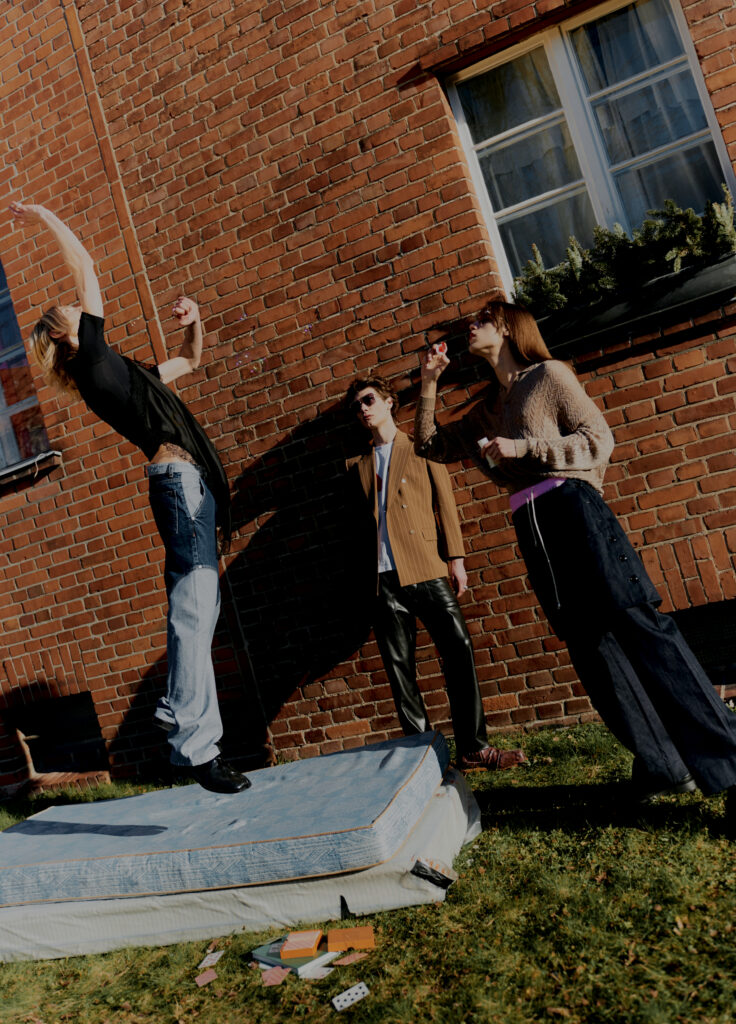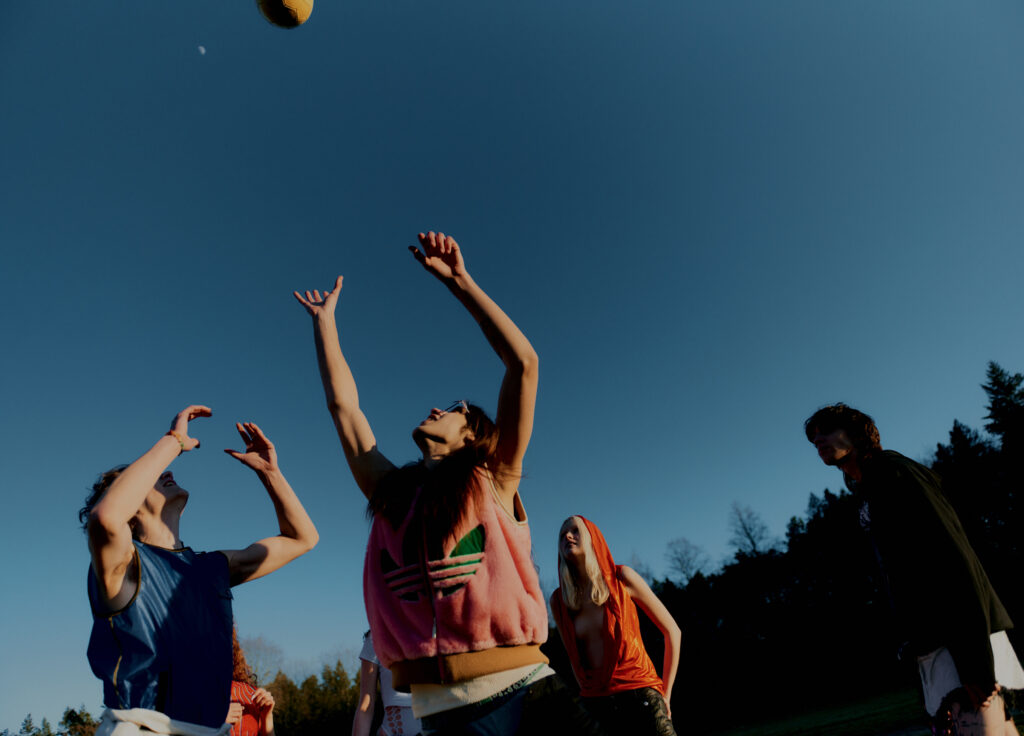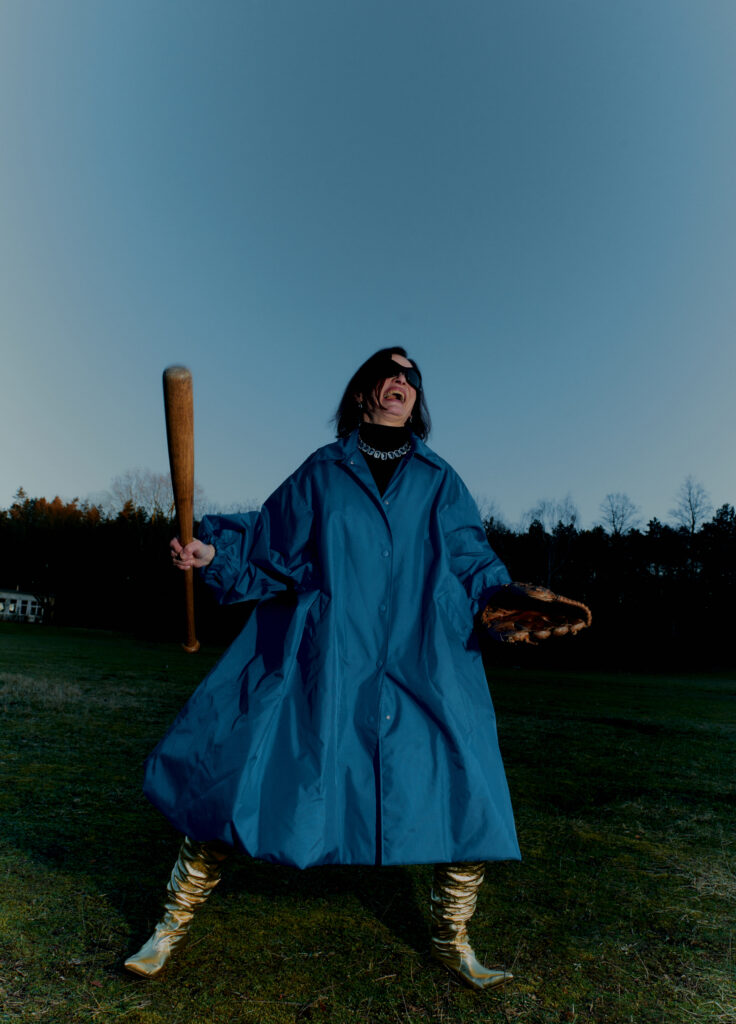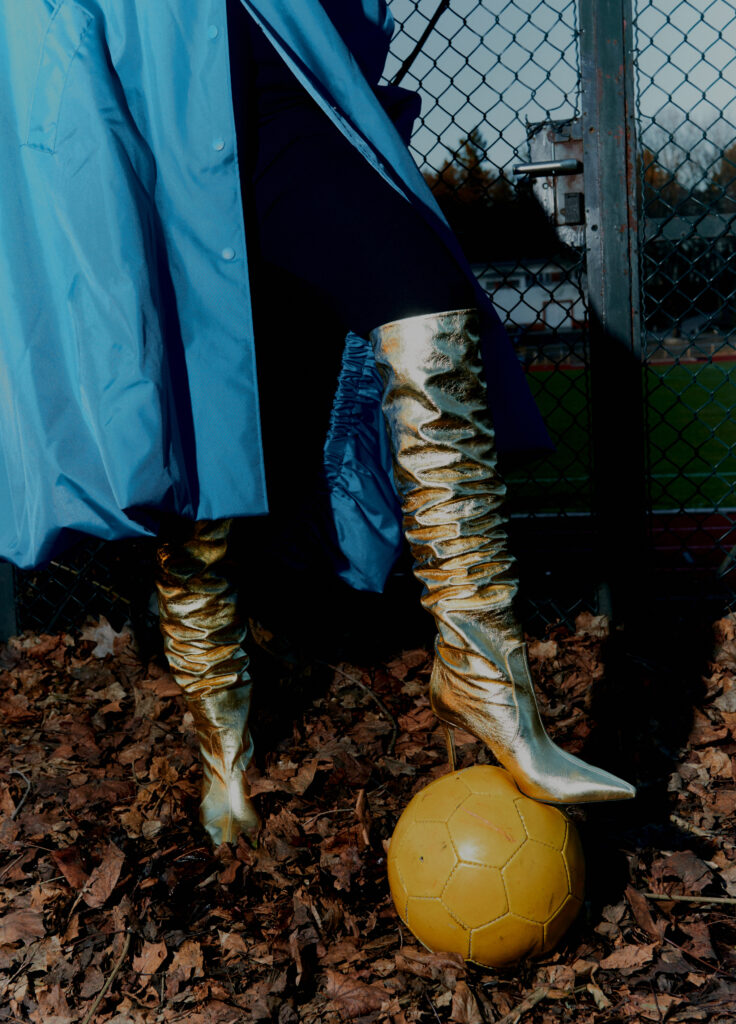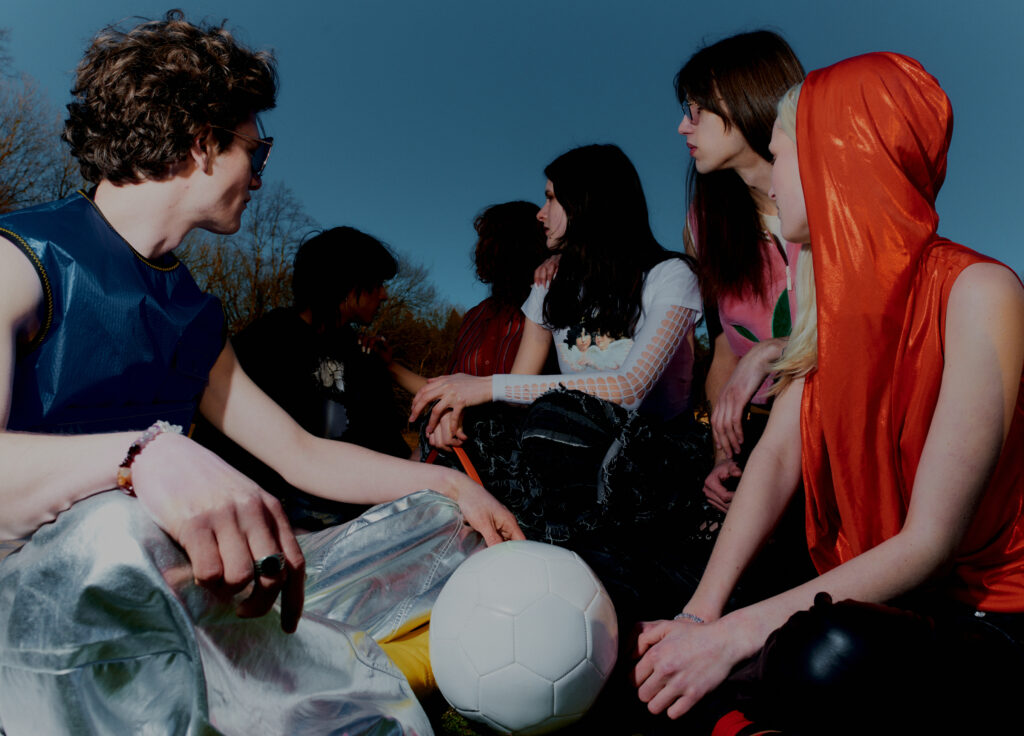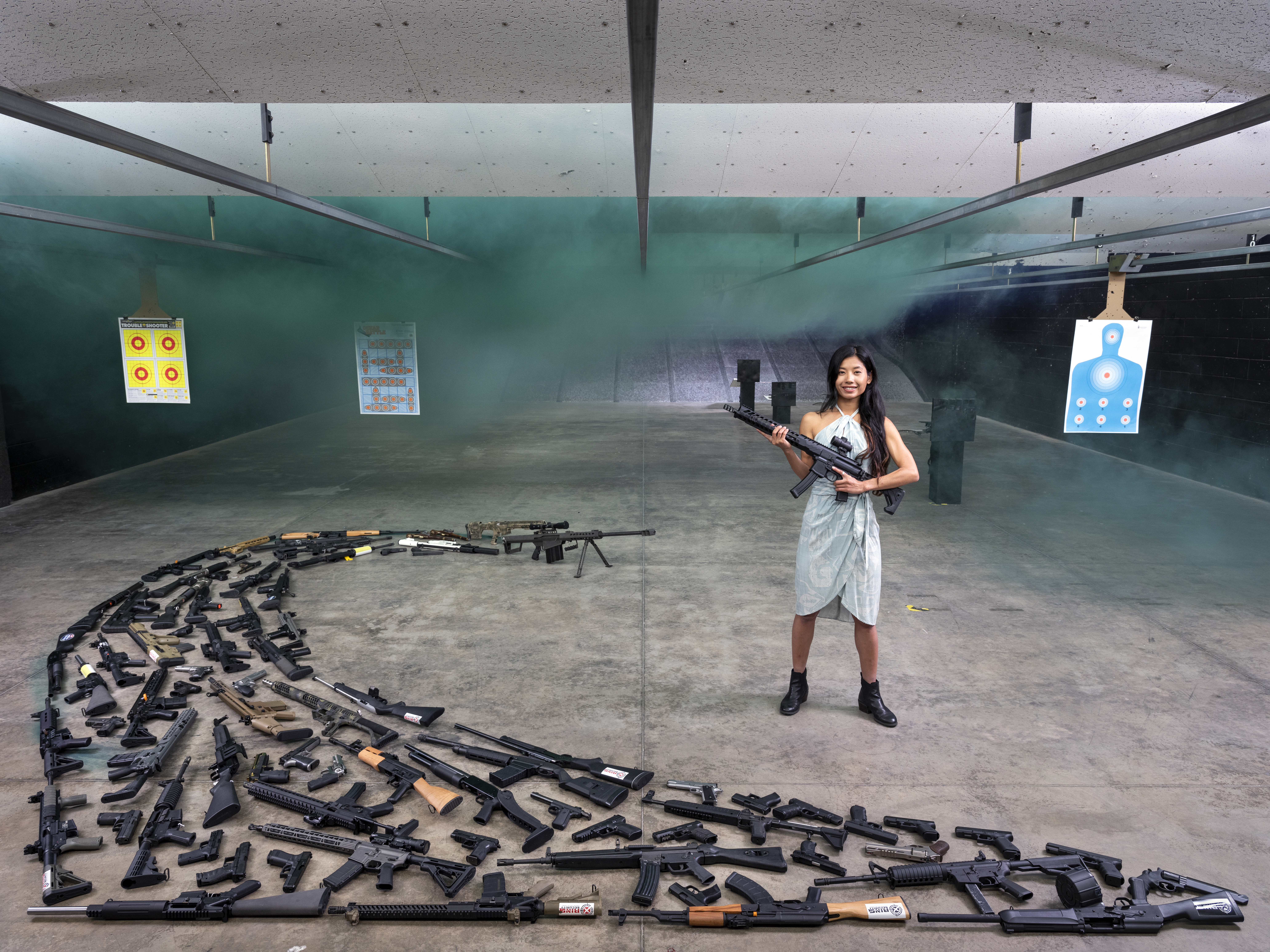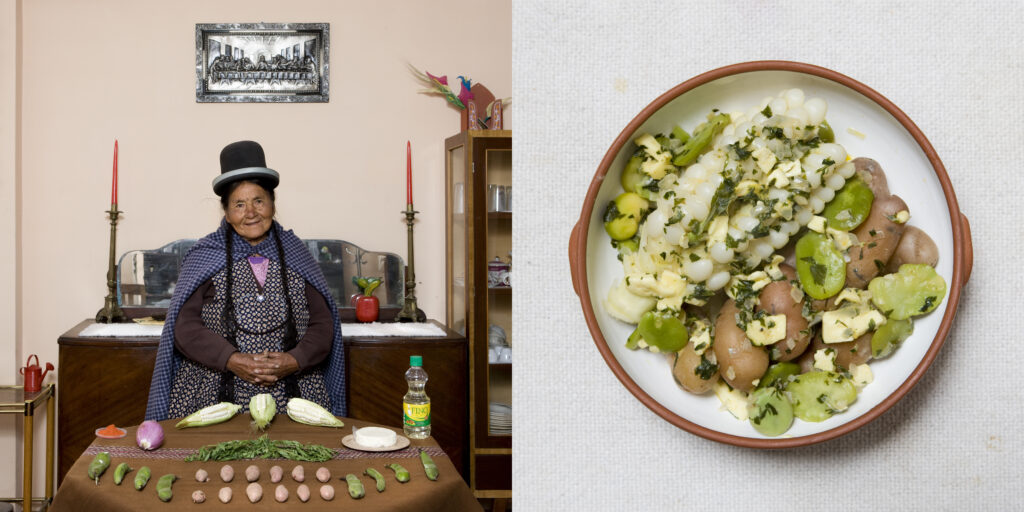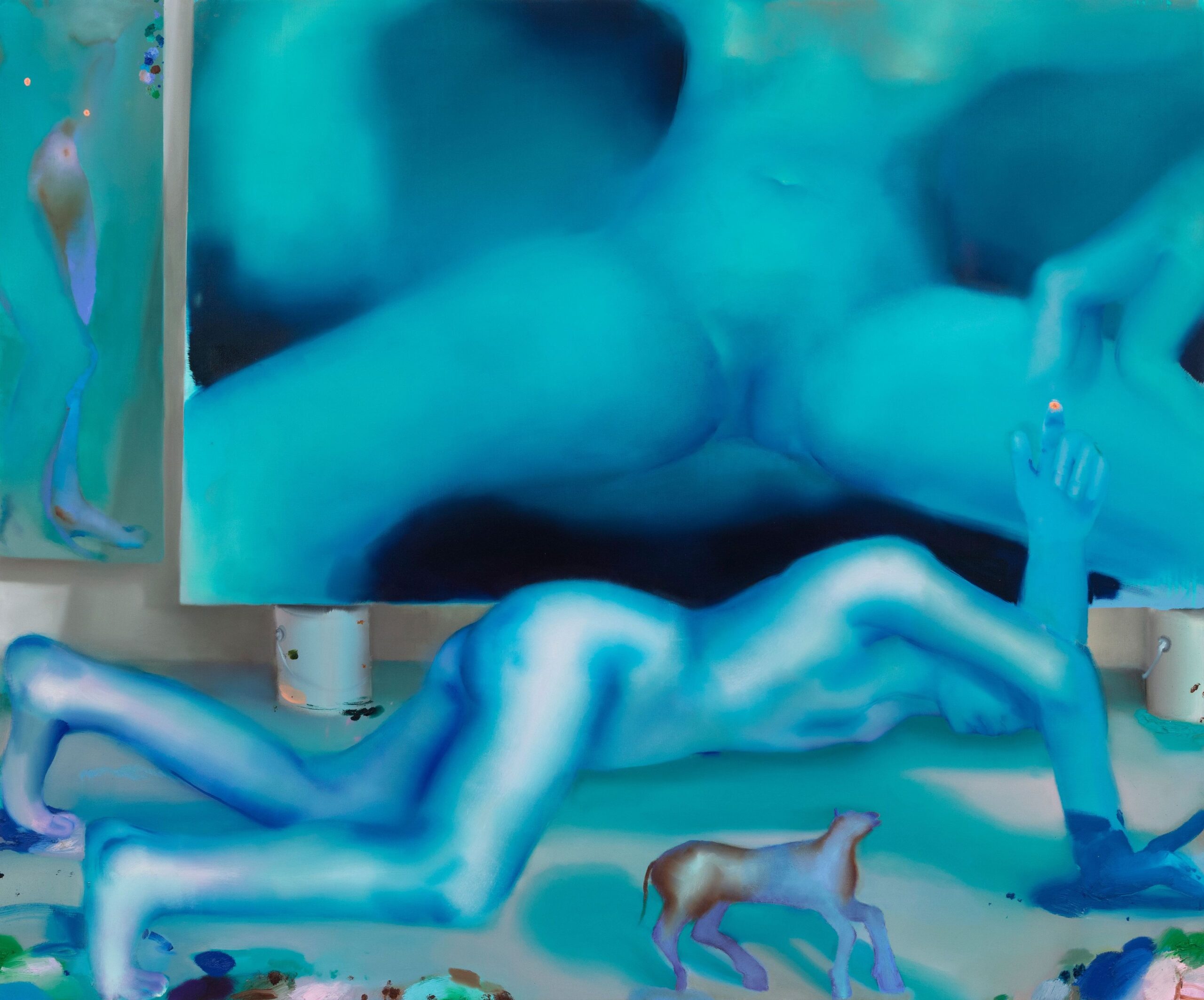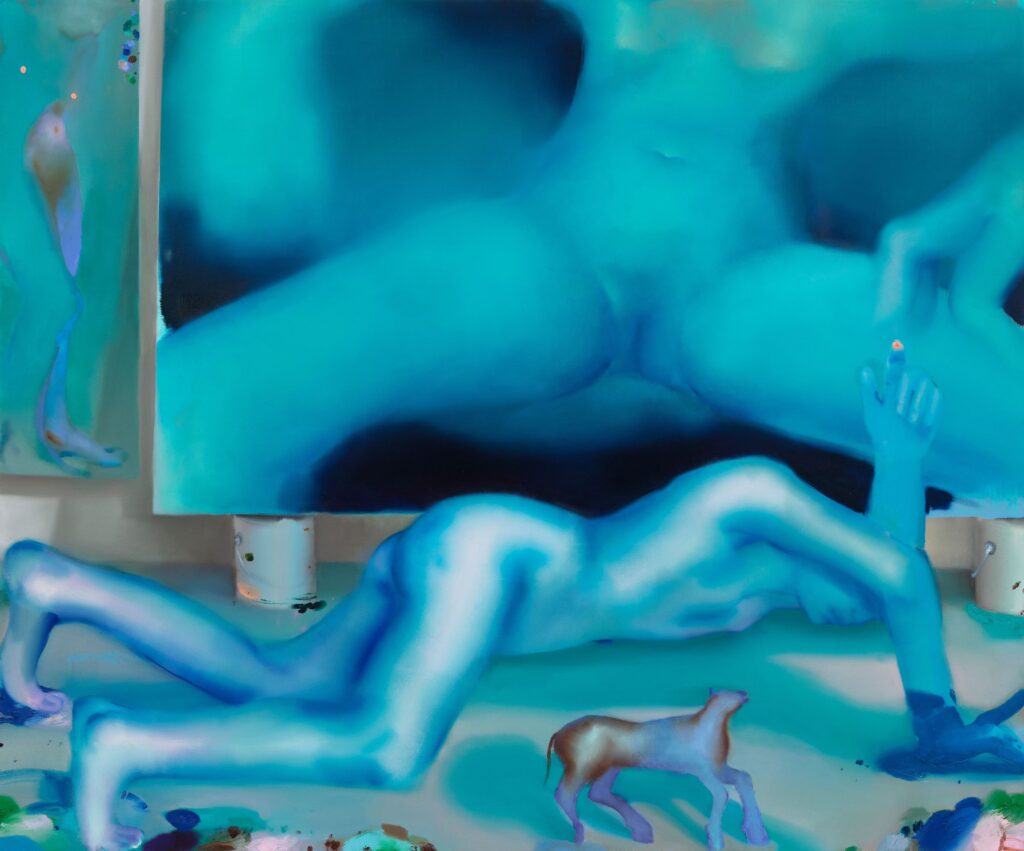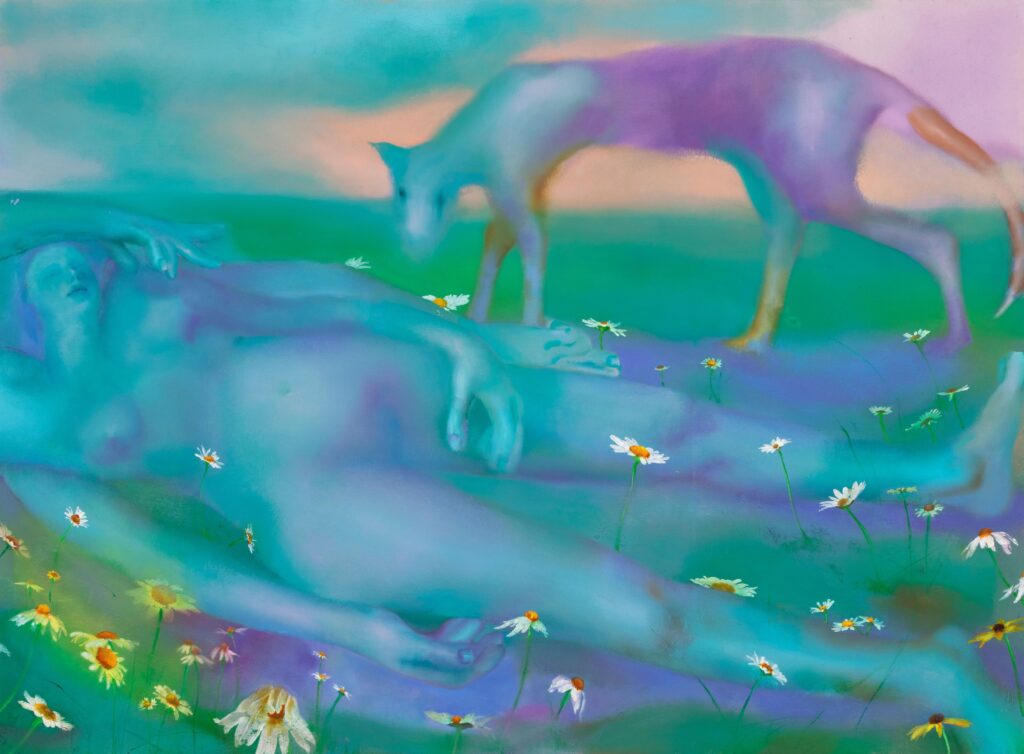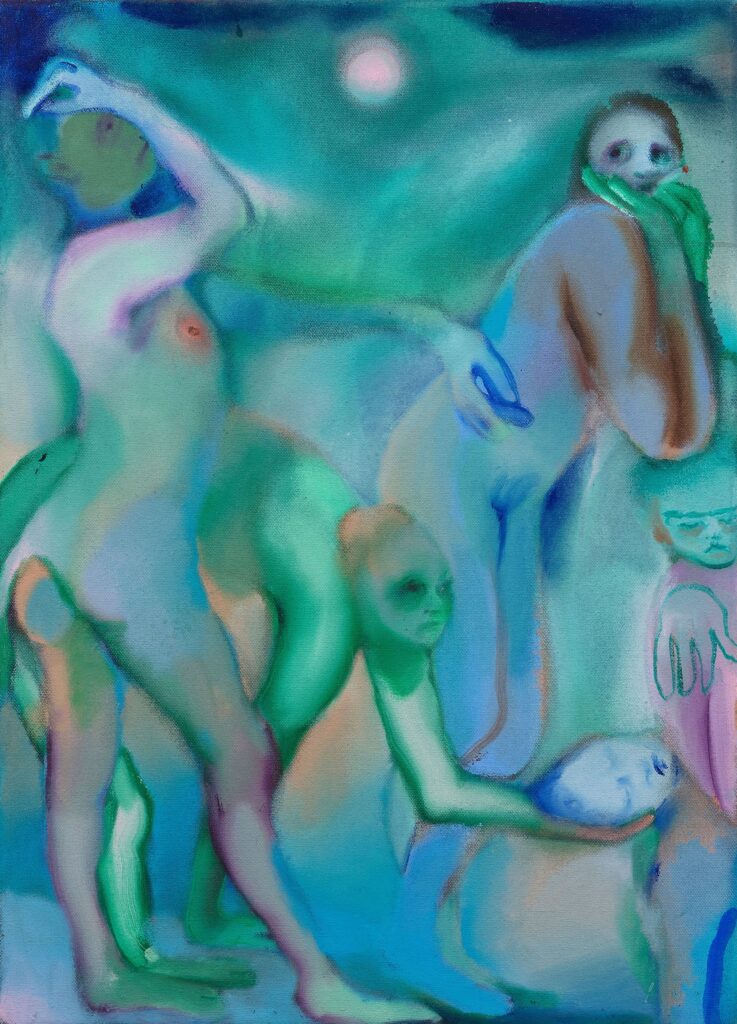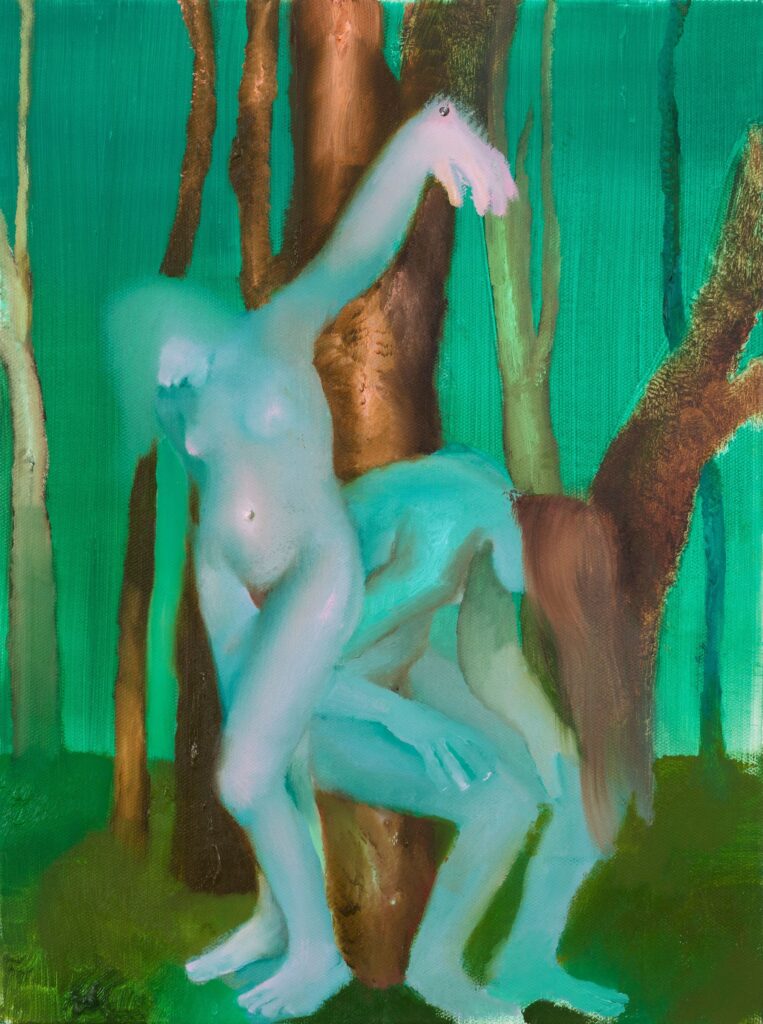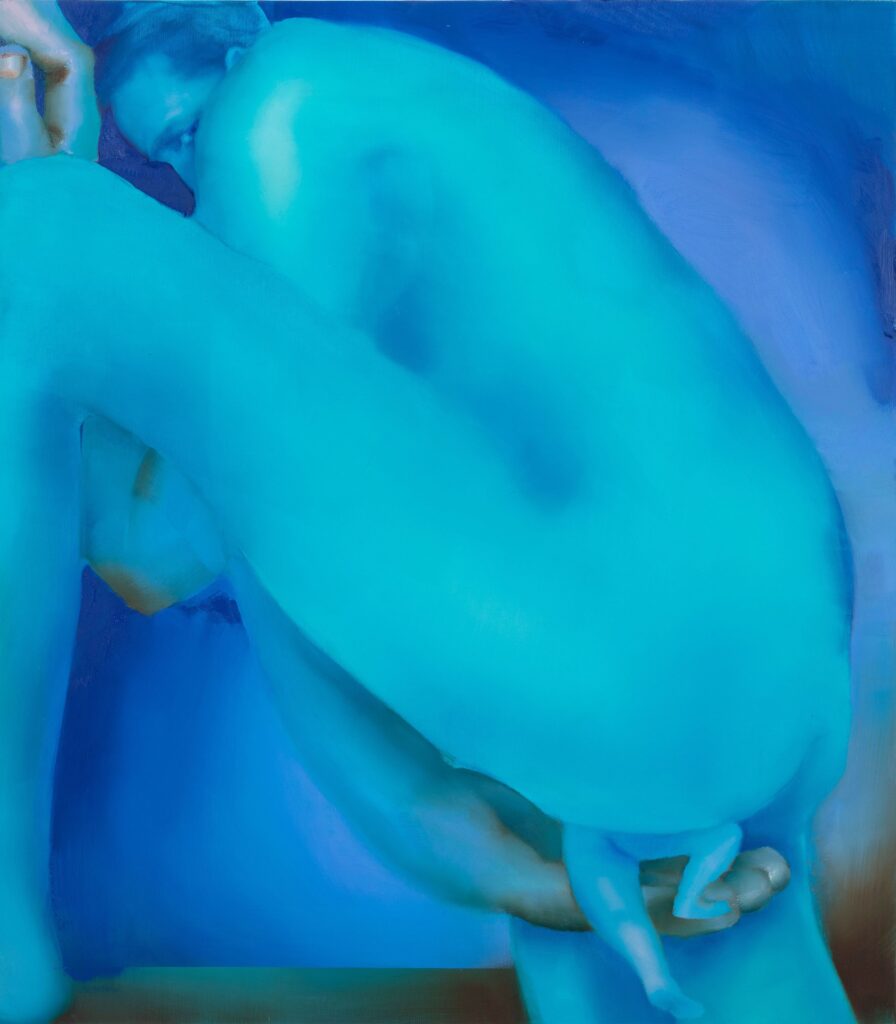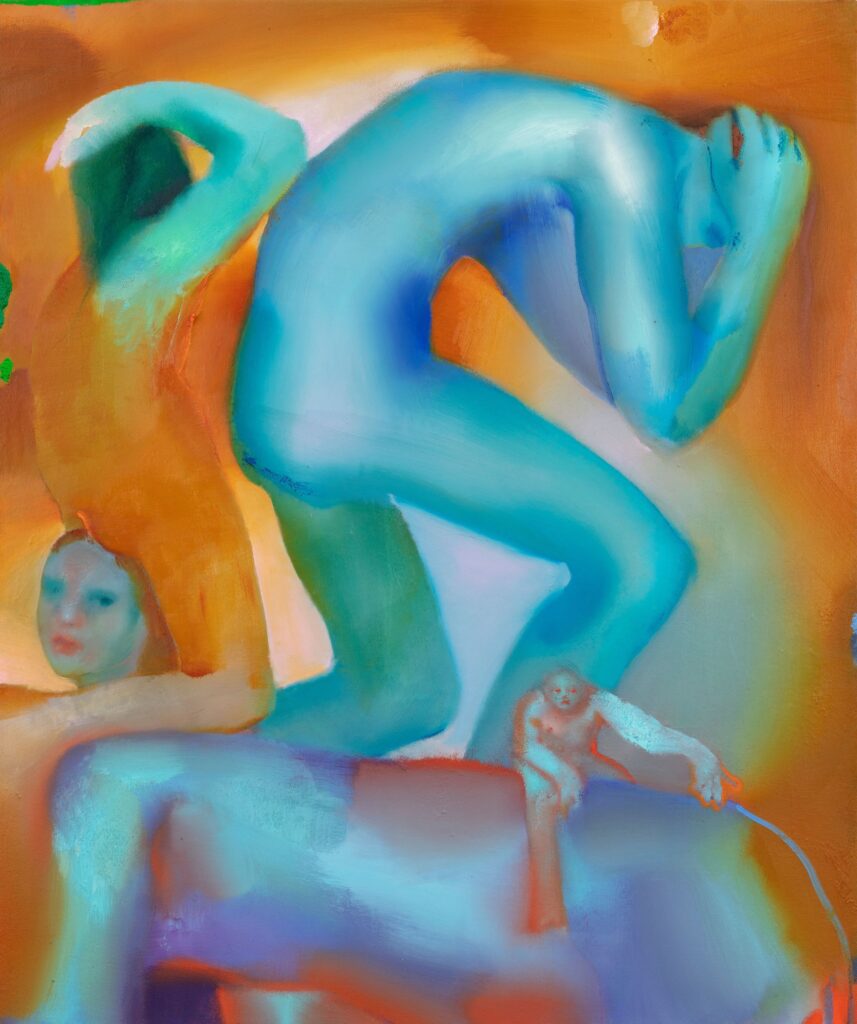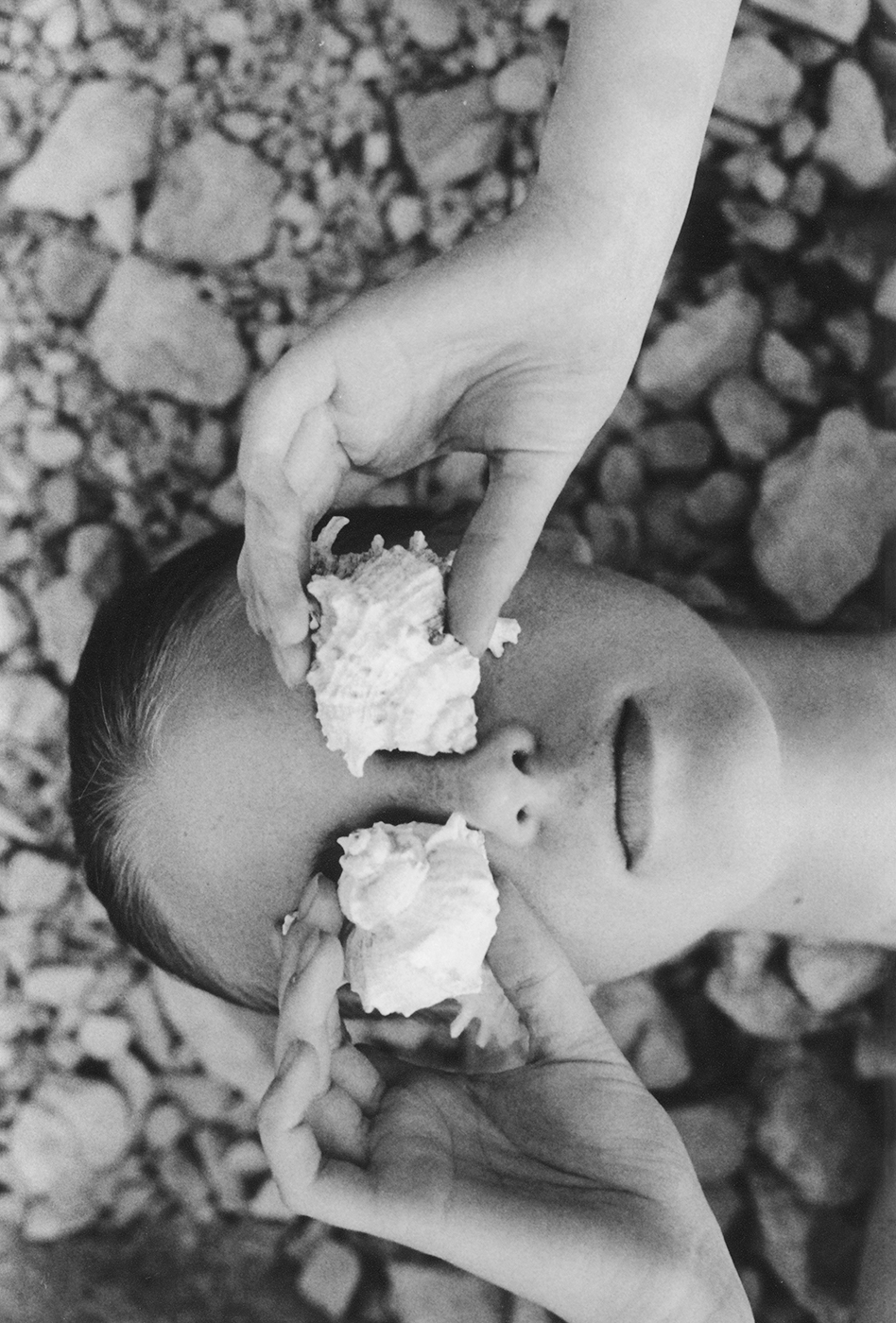
Monika Gogl’s architectural poetry: the story of Reethaus
In a challenging era dominated by the relentless race against time and the cacophony of voices that makes it difficult to discern individual expressions, Berlin gives birth to a truly unique space. This place pledges to redefine the value of time and space, placing a distinct focus on the act of listening. Beyond a gate, across a courtyard, stands a pyramidal tower almost entirely covered by a thatched roof of reeds. This building, known as the Reethaus, is a novel cultural space described as a “modern temple” for performances and rituals.
The structure is the brainchild of Austrian architect Monika Gogl and serves as the focal point of a campus named Flussbad. To fully immerse oneself in the experiences offered by Reethaus, visitors are required to leave their phones at the entrance – a ritual I, too, observe as I prepare to interview Monika Gogl.

Hi Monika, thank you for being here with me. I would love for you to guide us through the essence of Reethaus. How did the concept of slowness influence the architectural design of the Reethaus, considering its focus on reframing the way people live?
In a time when everything is getting faster due to digitality and development, where we have almost, to use Virilio’s words, reached “a racing standstill”, the task was to make the visitor aware of a transformation. The entire spatial concept is aimed at feeling energetic calm. The path, the special lighting, the simplicity of the material, the green atriums, the reed roof and the landscape are the elements. For example, the long entrance ramp (reminiscent of Walter Benjamin’s flaneur and the associated small, slow observations in peace) causes you to slowly immerse yourself in “another world”.
Could you provide more insights into the vision behind describing the Reethaus as a “modern temple”? And, how did your childhood fascination with temples inform the conceptualization and design of this cultural venue? Furthermore, how did you balance this homage to ancient temples, caves with the need for modern functionality?
I think our understanding of the term temple is rather exaggerated, since the term means sanctuary and functioned as the seat of the gods in ancient times. In relation to our new way of life, the thatched house probably fulfills similar criteria and functions as a temple used to. It should be a place of transformation.
In my childhood I was very impressed by all sort of churches and temples because of their enormous space, their smell, their sound, their light and their energy. I have admired quantum physics since my time at the university, and I was also able to enjoy some of Mr. Zeilinger’s lectures there and delve deeper into it. I believe that spaces imbued with faith, a sentiment often experienced in my childhood, resonate with the principles of quantum physics.

Just as all spaces carry the energy of their construction and use, it was important for me to incorporate these phenomena into the design of the Reethaus. The lighting from above, which completely changes the mood of the room at different times of the day and plays with the materiality and with the color of the materials. This creates very different spatial atmospheres (for the flaneur) over the seasons. Diving down into the earth via the ramp. The entrance situation, the arrival. How heavy is the goal in your hand? The exciting moment of stepping from the rather low, light-flooded foyer into the central, high room. Which door do I enter through? Narrow and high from the side or generous from the front. What does that do to me? I think the desired functionality is fundamentally to be fulfilled in every architectural intervention, the experience is the artistic and creative aspect. Every building should be sexy in a certain way.
The use of “pure materials” like concrete, wood, stone, is a consistent theme in your projects. Can you elaborate on the significance of these materials in your architectural language and how they contribute to creating a harmonious and meaningful space?
Basically, naturalness is very important to me. Natural materials age beautifully, acquire a patina and are imperfect like everything in nature and like every living creature. You can play with any of these materials, with its surface, its grain, its color – it opens up an incredibly diverse field of possibilities. I think there is the right material for every spatial requirement. My actual favorite material is nature. A harmonious space concept not only includes materials, but also light and love. Love is a very important ingredient.

The collaboration with Cédric Etienne for the Reethaus interiors aims to create a “sanctuary of silence” through the Still Room concept. Can you discuss how this concept influenced the design of the interior spaces and the choice of materials, such as cork blocks, meditation cushions, wooden seats, and woven tatami mats?
The entire concept was aimed at “the immediate pure” in order to focus on the user’s awareness and subtle observations with little distraction. Since the Japanese culture in particular is very appreciative of crafts, tradition and simple things and the tatami mat is a great invention, the seating was also subordinated to the basic concept mentioned above and the low seating and the bench theme in the central room were celebrated . Cork is generally a very impressive natural material and Cedric creates inviting formations with these simple blocks.
The main idea is “simple , beautiful and convincing”.
The emphasis on maximizing natural light in the Reethaus is evident. Can you elaborate on the architectural strategies employed to optimize natural light, especially in the inner room, and how does this contribute to the overall atmosphere of the space?
Light is the real theme of architecture and of every space. Light and material create the appearance and atmosphere of the space. The light from above is unpredictable, but incredibly exciting.The result remains a miracle. In the central room, at certain times of the day, the light can make the actually dark attic space appear very light and bright or opposite . When the doors of the space are closed, an intimate, sacred feeling of space is created. When the doors are open in connection with the façade to the outside, the inner space merges with the river and the landscape. The artificial light for the night and the performance also comes exclusively from above – it is an important part of the concept In principle. The artificial light should be positioned in the same way as the natural light. In the foyer, the light acts as a band from above and reflects the time of day and the position of the sun on the exposed concrete wall of the ritual room. The atria reveal ever-changing plays of light.

Collaborating with Monom suggests a focus on cutting-edge audio technology. How do you see advancements in audio technology influencing the future of architectural design, particularly in spaces dedicated to performance and immersive experiences like Reethaus?
For me, music is the most beautiful of all the arts, because it touches you directly. Sound creates incredible space and I was fascinated by how the new technology was able to produce such a full volume, or a sound that flies through the space like a bee. I think it’s great and I’ve learned a lot working together with William Russell of MONOM. When you sink into a sound image, almost everything disappears. Here in the Reethaus it is also variable. The loudspeakers are hidden behind the wooden cladding of the dome,thats why it is a pure sound experience. The live musicians or poets can be plugged into a special detail on the floor bar around the space . Comparable to a play by Antonin Artaud you can play anywhere. I think audio in this form is very fascinating and in combination with a harmonious space it creates a unique overall experience.
The Reethaus is described as an ideal venue for the combination of art, sound, and performance. How did you balance the aesthetic and functional aspects of the space to create an environment that seamlessly accommodates these diverse elements?
I think the spatial formation offers space for a variety of uses with different qualities and the materiality does not impose itself, but rather forms a wonderful stage.

In a challenging era where discussions about anxiety prevail, finding true calmness and disconnecting from daily pressures becomes especially difficult. Your objective of creating a space that aids individuals in gradually calming down is distinctive. How do you manage to strike a balance between the functionality of a space and its emotional and psychological impact, particularly when designing a ritual room?
That is a difficult question . Basically the idea is transformation, contemplation, calm and learning. Of course, many aspects of a design arise intuitively. I always design with the aspect of what I would like, how I would like to feel, what could irritate me and thus trigger my consciousness. There is never only one ingredient. In the Reethaus is a path, a heavy door that leaves everything outside, a domed space that exudes security and full opening to the river and nature.
As we look forward, how do you foresee the architectural and cultural evolution of Reethaus over the next five years? Have you considered the notion of Reethaus as a nomadic architectural experience, and have you envisioned its potential setup in diverse environments or contexts?
I believe Slowness and the operators will develop it into a wonderful place for art and culture and tegetherness. When the entire campus is finished, the Reethaus will assume its central position in the ensemble.
Basically, the idea itself has the potential for reproduction, but in a design sense the Reethaus should remain unique, as it was designed in this form precisely for this location. So it remains a nomad. I think there are typologies that can, in principle, be reproduced. But the origin of every building is a site and since places and cultures are always different, reproductions generally fail.
Monika, I extend my heartfelt gratitude for generously sharing your visionary insights during this interview. I am eagerly anticipating the evolution of the Reethaus project and the transformative experiences it will continue to offer. I genuinely hope for the opportunity to meet you in person in Berlin and to partake in a captivating performance at the Reethaus.
In order of appearance
- Photography by José Cuevas
- Photography by José Cuevas
- Photography by Daniel Faró
- Photography by Daniel Faró
- Photography by Daniel Faró
- Photography by Daniel Faró










